Your personal music search space.
Augment your understanding of music.

______________________________________________________________________________

YMUSIC SEARCH ENGINE
WHY MUSIC? QUALITY ESSAYS ON MUSIC LISTENING FOR AVID READERS
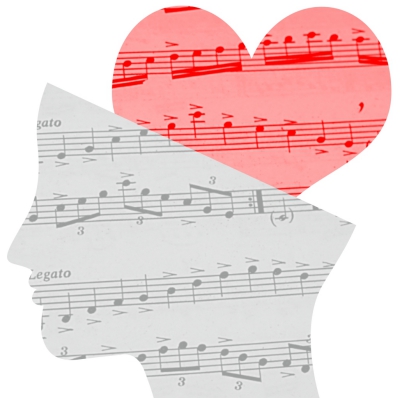
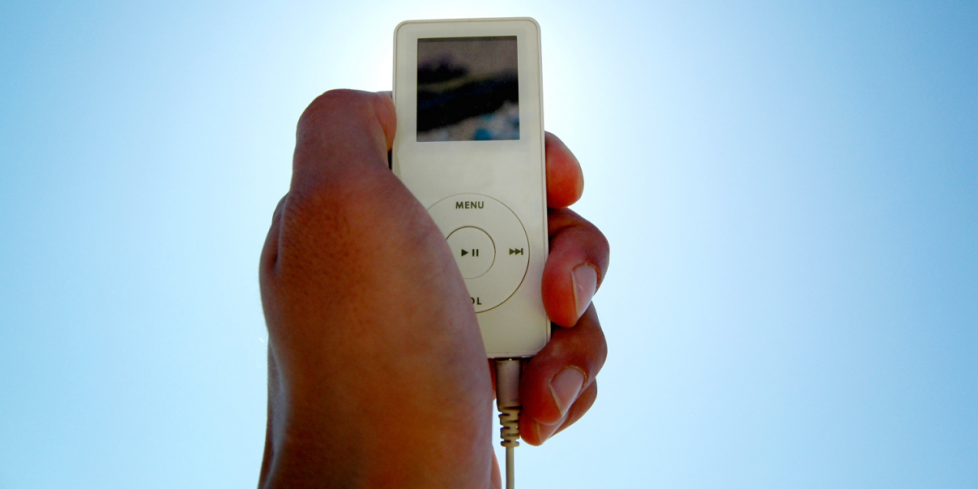
Are you a professional musician? Whether you are or not, you may test and increase your critical music listening skills in a music application centered on a music theory: the YMusic search engine. Try YMusic, your free personal assistant (it includes musical criteria to select music). It will help you!
WHAT ARE MUSICIANS' WAYS OF LISTENING?
Listening skills training, in the framework of higher music education, is an important part of a field known as aural training, structural hearing, or aural analysis. In that context, listening needs to be highly attentive to the music, to the elements that compose music, and also to theories related to music listening, from the analytical approaches to the emotional ones. This raises a question: do professional musicians always link their knowledge to music listening in every situation?
Critical music listening
Music listening is one of the most private human activities in the way that the perceptions and thoughts of an individual listener are not observable to other people. From that point of view, music listening includes inner hearing, which is a passive attitude. It may also include critical listening as an attitude of reflection on music. Critical listening is an active way of listening that helps listeners to become ‘intelligent listeners’, as composer Aaron Copland says.
Critical music listening is the dominant way of listening amongst professional musicians, who are expert listeners due to their musical education and their attitudes toward music: they usually value the quality of each performance plus the ability of any performer. It is easy for them, as they generally listen to perceive, memorize, and reproduce musical structures and details.
The place of silence
What is notable is the place of silence in the life of professional musicians. Outside their work, they deliberately avoid live venues and random listening. One reason of that situation is that they have first-hand knowledge coming from an accumulation of previous musical experience. That experience does not stop them creating new sound images, making visual associations. They may also have peak experiences. However, generally, professional musicians do not often practice emotional listening because of their analytical relationship with music.
Actually, in an always-connected world, professional musicians really need silence. Due to the development of online music services and other music websites, musicians have easier access to all musical performance practices from all historical periods: it is a great advantage for composers, performers, and researchers. However, abundant materials may limit the personal imagination of professional musicians who listen to other musical material too much.
For musicians, silence is like soil into which they plant music, nurturing it so that it may grow. A classical musician said that painters use canvas as a raw material, while musicians use silence. It is a clue for understanding why musicians need silence: silence is, for a professional musician, source material. A rock musician said that musicians must turn their ears to silence, because these ears only come out when it’s quiet. That last approach, more related to acoustics, reiterates that it is very important for professional musicians to work in a quiet environment. Far away from all kind of sound pollution, they have thus the opportunity to put their knowledge into practice and listen for the result, going back and forth between music and silence.

Do you want to construct your personal view on music listening? Try YMusic, your free personal assistant (it includes musical criteria to select music), and get results!
WHAT DO LISTENERS REALLY HEAR WHEN THEY ARE EXPOSED TO MUSIC?
Are there different types of music listeners?
Do music listeners without music schooling perceive music as music composers do? Do they distinguish the same musical structures? More broadly, what are the strategies developed by music listeners to get the most out of music? These questions and other ones have been asked by theorists for several centuries.
Two open classifications of music listeners
Far away from Manichean theories just dividing music listeners into connoisseurs and naïve listeners, the philosopher Theodor Adorno has been the first scholar to present, rather than a monolithic scale, an analysis of musical conduct, considering not only the musical knowledge of listeners, but also their emotional, cultural, and ideological considerations about music and even their attitudes as human beings. Doing so, Adorno described eight types of listeners, the culture consumer, the emotional and the anti-emotional listener, the good listener and the musically indifferent, the unmusical, the expert, the anti-musical and, because he had a personal interest in that specific music genre, the jazz fan. The typology presented by Adorno is interesting because it is not too rigid. Also, it is not specifically linked to quantity: culture consumers are, by nature, quantitative consumers. However, without any musical training, they are not musical experts. Experts are, of course, ideal music listeners, being fully conscious, missing nothing, and accounting to themselves what they heard at each moment. But Adorno says that none of the categories he presents appear in musical purity. All of them are ideal types.
The composer Knut Wiggen has presented another classification not directly linked to listeners but to listening techniques. For him, listeners may listen to music as a ‘sounding backdrop’. That is what music industry agents call casual listeners: they do not listen in an attentive way; music is a pleasant background during a dinner or a workout session. At the opposite extreme, music listeners may be literally ‘intoxicated by sound’, in a state of inebriation caused by music. Wiggen also mentions ‘craftmanship listening’, practiced by composers in relationship with compositional technique. Finally, he talks about ‘contents listening’, where the discovery of the musical structure is not the target, eclipsed by the observation of the emotions of music listeners themselves. In that case, the musical structure is a backbone that gives them access to their life story.
Building a personal vision of music listening
There are lots of other interesting classifications, some pictorial, some based to the way music listeners relate to time, etc. It is fortunate, as no listener may belong in only one category. And it may be an overture for all music listeners: all may build their own discourse based on their own life experience and their personal relationship to music. As not every music theorist is a composer, there is no reason why music listeners cannot think by themselves. It is not a question of culture or expertise.

Interested in trying such a tool? Try YMusic, your free personal assistant (it includes musical criteria to select music), and find music you will love to make predictions about!
DEEP LISTENING AND MUSIC, AT THE CROSSROADS OF NATURE AND CULTURE
What is the interest of deep listening?
As it involves senses other than vision, hearing for instance, discernment may be a part of the music listening process, helping music composers, performers, and listeners to make out what was difficult to perceive at first. We may notice that for the performer, the more a musical genre is fixed, the more critical discernment is important, because the target is to reproduce a defined style in a precise way. However, as a form of ear training, discernment concerns all types of composers, performers and listeners.
Generally speaking, discernment is part of deep listening, a discipline practiced by various musical communities. In fact, if it may help to hold lines, it may also help to perceive other ways of dealing with sound in other musical cultures or in the work produced by other music composers. That is why discernment contributes to enhance the value of music. It is a useful mode of perception when it is not reduced to a bias: it involves making something out and perceiving the unheard.
At the crossroads of nature and culture, discernment seems to occupy a position between the senses and the mind, helping the mind to reshape perception. Perfect pitch, which is an aspect of discernment, illustrates the natural part of that reality. And a practice like mindfulness, including the suspension of judgement, exemplifies its cultural aspect.
Deep listening and prediction
Human life was and partly remains linked to indeterminacy. Generally, the more the human mind is able to make predictions about the future, the less risky situations may exert their grip on humanity, for example when it is a question of reducing problems related to aging or overcrowding. In the field of music, predictability is mainly related to the element of surprises that a piece of music contains in itself. And surprise is a very relative notion: what is considered as serendipity (i.e. a pleasant surprise) by one individual will be a painful event for another, in the musical field as in any other.
Each music listener is, of course, free to determine what is pleasant music or not. A music listener whose discernment is similar (even if passive instead of active) to the discernement of a specific music composer will be more willing to appreciate the music of that composer. However, discernment is hard to measure, both from the composer’s and listener’s perspective. And so is prediction: what music will meet the expectations of the individual? At the level of segmented audiences, music labels, advertising companies, and media, without being able to pretend to achieve individualization, are doing an efficient job, centered on personalization.
It is not possible to build a theory of discernment by observation, because each relationship between composers, performers, and listeners is unique. Yet it is for sure because of their discernment that music listeners accept spending time to search for pleasant music.
It is easier with a tool which helps to analyze music.
Do you want to exercise your privilege and shape your individual music listening experience? Try YMusic, your free personal assistant (it includes musical criteria to select music), and create new links between sound, vision and movement!
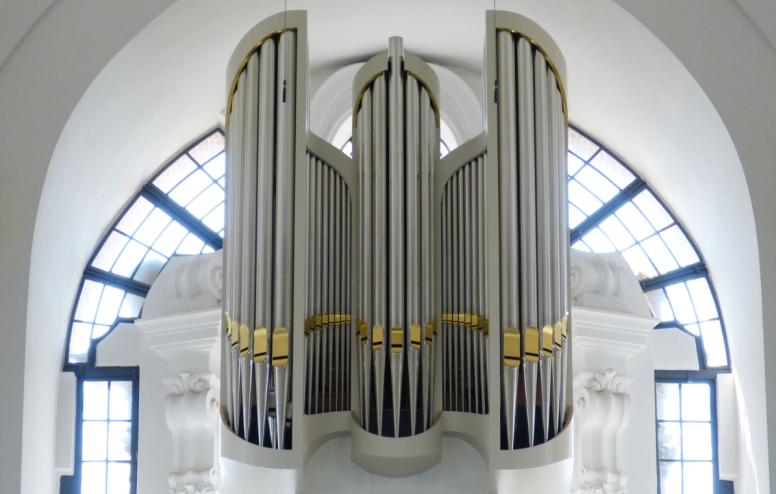
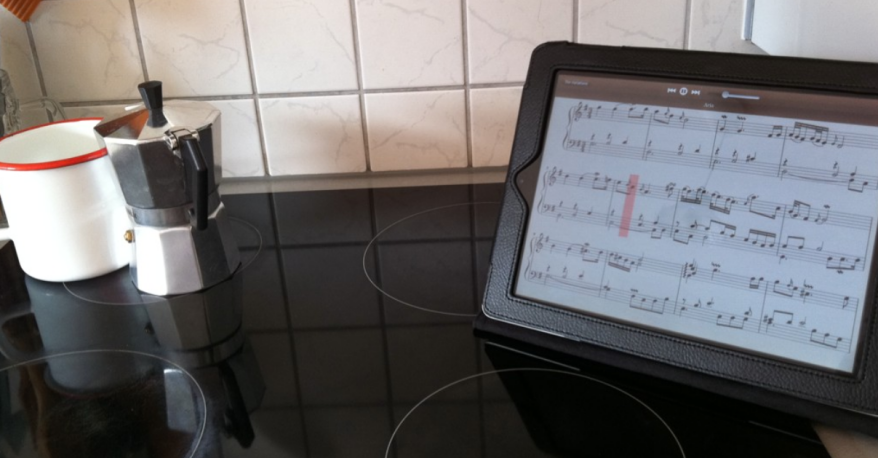
SOUNDS, VISION, AND GESTURES: MUSIC LISTENERS AND THEIR IMAGINATION
How music composers and listeners always designed music listening routes together
Pieces of music named ‘Trans-Europe Express’, ‘Transylvania’, ‘Travelling without moving’, and many others, want to take listeners on a voyage through lyrics and music. Whether they mention visited places or fantastic locations that will never be reached, they evoke destinations that are not the present reality of the music listeners. However, these listeners have unlimited freedom to imagine it is. And, at the musical level, they follow their ears and intuition. In doing so, they create a listening relationship to the world depicted by the music.
Music listeners draw and follow routes that help them to enhance their listening experience as well as their life narratives, music helping them to integrate their life experiences into an internalized story of the self. How do they use music for that? First, the presence of sounds produced by musical instruments and, in live venues, the presence of performers whose gestures connect with the sound heard by listeners. Music listening experience is conditioned by what listeners hear: sounds’ sources, and by the place in which sounds occur: where the listener looks, and, possibly, moves or dances, everything may be taken into account. In fact, in the framework of music listening, sound is at one with vision and movement. Synthesized, sounds, images and gestures help the listener to enhance their experience.
Music composers always were aware of the fact that the place where music is played matters and they crafted their works for the venues for which they were originally written. For example, during the 16th Century, Cristóbal de Morales wrote a lot of music suited to the acoustics of cathedrals. On the other hand, Handel’s ‘Music for the Royal Fireworks’ is open-air music that was designed to be played outdoors. By way of an anecdote, during the premiere, Handel’s music, which is powerful, overshadowed the fireworks themselves. Let us also notice that for his part, Haydn notably wrote music for the Holywell Music room, a chamber music hall located in Oxford (UK).
Besides composers, performers also recognize that is is important to cope with the acoustics of the places in which they play. For instance, in large places, there is much resonance and the importance of playing exactly together is increased, because of the echo: musicians take such realities into account.
Navigating the shifts between music and life: the liberated music listener
We may notice that, today, the links between sound, vision, and movement continue to shape the music listening experience. It is highly visible in events like electronic music festivals held all around the world. However, as the music listener is, most of the time, listening to music at home or in a car, there is a decoupling of sound sources and the location where the listener is. One result is that music listeners are liberated from social constraints imposed by the different types of live venues: they notably can, in 2 or 3 hours, listen to numerous styles of music and a large number of artists.
Every music label can now record the performance of a full orchestra from a concert hall for absent listeners and publish it on music streaming platforms that may reach these listeners later, in a place of their choice. The recording presents both performers and sounds to listeners, enabling them to study sounds quietly in their personal space. That intimacy is now an important part of the contemporary music listening culture. According to the legend, that intimacy is not new, but it was restricted to privileged listeners: Pythagoras would draw a curtain in front of himself while he was playing for his students, removing them from the distractions of his body and his face.
Try YMusic, your free personal assistant (it includes musical criteria to select music), and construct a new musical experience based on music and sound perception!
NEW MUSIC LISTENING THEORIES: SOUNDS, MUSIC, LISTENERS AND COMPUTERS
Natural bridging between music and music listeners
Confronted by new sounds, most music listeners have a general ability to orient themselves in the music. They do not always have all the knowledge that could help them to label each piece of music they hear, but they can make quick judgments when they listen to music samples: they know whether they like them or not. Also, being ‘health-hungry’, they measure the emotional impact (positive or negative) that each variety of music may have on them. They also create and memorize musical images and estimate the similarity of musical pieces.
Several theories of music perception explain how listeners create sound scenes and auditory images. These writings originate in the fields of musicology and anthropology. In fact, creating music and listening to music is one of the activities that separates humanity from animals: it is a huge part of culture. Music is brought into movies, living rooms, shopping centers, religious ceremonies, or sporting events. Music has taken many forms over centuries and is still evolving.
Are computers useful for humans to analyze music and sounds?
Music theories include serious analysis of sound. Sound, as it is perceived by and produced for the human ear, is the primary musical material; however, many sounds have a high level of complexity. That is why musical analysis is necessary. Currently computer software analyze pieces of music and may report simple elements like how much acoustic power they have. However, all characteristics of a musical genre will not be identified at the musical level within an application, chords and harmonies being complex.
Music listeners are better than computers at making judgments related to the physical reality of sounds, including timbre, which is such a complicated phenomenon that even sound specialists cannot agree on a unique definition of it; generally speaking, timbre is the set of qualities that allows a listener to identify the physical source of a sound. Also, music listeners' judgments change through time; they are not static: even if the structure of a piece of music stays the same, music listeners’ perceptions vary in the wake of new experiences: they can make new personal segmentations of the musical piece while listening, for example, or memorize and reproduce the tempo and pitch of popular music they love with precision.
In that case, can a music listening system relying on computer be constructed? Yes, based on traditional sound analysis (using criteria like pitch and tempo) but it is to help musicologists rather than for the general public using music streaming services. Musicologists, music composers, and music performers tend to create and analyze music by using criteria like correctness, while untrained music listeners speak in terms of emotions. And now a new musical application based on a specific musical theory is bridging the gap between musical listening systems designed for musicologists and recommendation tools built by music streaming services: it is the YMusic search engine.
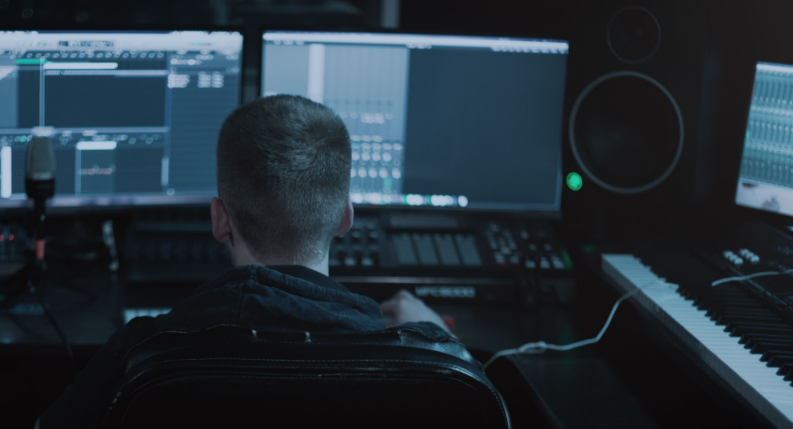
Do you want to get more music according to your personal tastes in a limited time? Try YMusic, your free personal assistant (it includes musical criteria to select music), and find more pleasant music outside your usual cultural sphere!
MUSIC LISTENING IN THE AGE OF DATA AND THE 21ST CENTURY MUSIC LISTENER
Advantages and inconvenients of a new music listening paradigm
During recent decades, new music composition practices, in association with creative technology, have led to the digitalization of music production, resulting in the creation of sophisticated synthesizers and powerful 'digital audio workstations' (or DAW). Meanwhile, global information technology companies have updated all types of industries and markets, from travel to healthcare. In fact, they have created computing tools that record and analyze data: hardware, software, cloud-based services delivering items in the form of utility and technology platforms using Artificial Intelligence and Signal Processing, leading to a new discipline named 'cognitive computing'.
The combination of new music computing tools and data platforms has also caused the emergence of a new music listening paradigm whose center is the proactive music listener. Why can music listeners be more active now than two decades ago? Because they have more possibilities to gain access to an increased amount of socio-economic data related to the music market and to select them according to their cultural centers of interest: they can listen to more pieces of music, know more about emerging artists, access more online software to stream all styles of music, get information about more music festivals, and so on.
However, as an internet activist explained it, using the metaphor of the ‘filter bubble’, it is evident that product recommendation systems, including music recommender systems, do not work in an optimal way and maintain users in their own cultural sphere, mainly linked to gender and age, instead of really helping them to find music according to their true musical tastes, in relationship with their unique life story. These pieces of software do not try to know anything individual about music listeners who use their services. In contrast, the YMusic search engine, which offers suggestions based on data directly provided by each individual music listener, makes all listeners really proactive.
Music listeners and massive online music libraries
Whatever the online music service they select, faced with massive music databases, music listeners must actually browse data, following a database-centric approach that is foreign to them: in most of the cases, one or several developers have created tools to classify music by period, genre, or mood, and curators try to help listeners by creating playlists named by theme. In some ways it is practical: music streaming services are personalized. However individualization is missing, and ultimately music listeners depend on algorithms resembling those made for online purchasing organizations and on the work of a music critic, who is often paid by companies closely related to record labels if not owned by them.
It implies that, even if the choice of musical pieces is more massive than ever, usual music listeners, which are casual ones, have very few chances to reach music that sounds really new and can help them to make new musical, emotional and mental experiences. Yet they ask for it. The fact that the music is often free for them does not resolve the question of the time they can dedicate to music listening and that time is, of course, limited. Millions of songs published online were never heard. Yet there are a lot of ways to share music titles.
INTRODUCTION TO MUSIC LISTENING
Know more about what music listening implies, at the crossroads of hypotheses, opinions and practices
INTUITIVE MUSIC LISTENING TO ENHANCE THE VERY EXISTENCE?
Interested in trying such a system? Try YMusic, your free personal assistant (it includes musical criteria to select music), and find music that you will really connect with to enhance your life experience!
INTUITIVE MUSIC LISTENING TO ENHANCE THE VERY EXISTENCE?
What is intuitive music listening?
When it comes to music listening, a lot of us are following third-party advice to find new items: the pop music fan is reading tailored posts written by trendy curators, the rock music devotee relies on radio programming and the electronic dance music enthusiast is browsing music festival calendars. For most of them, music is a commodity: a way to meet old friends and find new ones and a means for individuals to show the world their culture. Any approach to find new music may be valuable in itself, however it is only the first step of real music listening which is more attentive to music itself than to judgments of others about it. For the music lover, it is about capturing the musical sense of a piece of music. Saying it is not a tautology, as many listeners are more interested in discovering the cultural context around a piece of music than in the act of listening itself. Yet from the outset, the active music listener is going further and, for instance, creates representations of a rhythmic structure, when experiencing music. Music listening becomes an event and a skill appreciated for the sense of gratification that it creates, whatever the gratification is for each individual listener.
Let us notice that for most of people who do not have a formal musical education, listening is an intuitive process. Robert Ellis Dunn, formerly a teacher at the Boston Conservatory of music and a Postmodern Dance Movement pioneer, defined intuitive music listening by using ten characteristics. Some of them may be significant for each listener. For example, we may understand easily that every music listener is constantly creating mental musical images, in an intuitive and unique way that is beyond expression in words. And that is why a great number of individuals say that they can find themselves when they are listening to music. They literally enter the music with all their life and stories, at the same time as the music enters their life.
Also, listeners respond to music, touched by their deepest thoughts and emotions when they pay attention to music. They link musical meanings beyond the notes to their own experiences and attitudes. When they hear in their head a song that they have heard before, they literally think in terms of sound, following the work of composers and performers. In doing so, music listeners live in the three time dimensions: they reflect on stories that happened (past), they interact with their perceptions in an emotional way (present), and they create predictions of what could happen, whether it is in the piece of music or in their very existence.
Is intuitive music listening a lifelong advantage?
Music psychologist James Mursell does not hesitate to write that a music listener can be successful by entering into a music, possessing it and being possessed by it. That strong expression shows the importance that music may have in someone’s life. However, only the attentive music listener will get great rewards from listening. It is, of course, possible to listen to music while studying or eating with friends, however, in that case, music is just a commodity.
On the contrary, intuitive music listening makes it possible to create a holistic listening experience, combining elements coming from a listener’s life story as well as from the harmonics of the music. It creates a high-quality experience centered on the self. Interacting with music as it happens, listeners dare to leave the so-called ‘real world’ or ‘physical world’ to explore a less tangible reality. However, during the process, listeners are at least in relationship with the self. How they find music and what they find will give to listeners the will to continue if their enjoyment is significant. That is why the suggestions they receive, instead of taking the form of music appreciation courses or aggressive advertising propaganda, should try to outsource the interests of each music listener, using information directly given by the listener and without statistical assumptions that do not concern the individual listener.